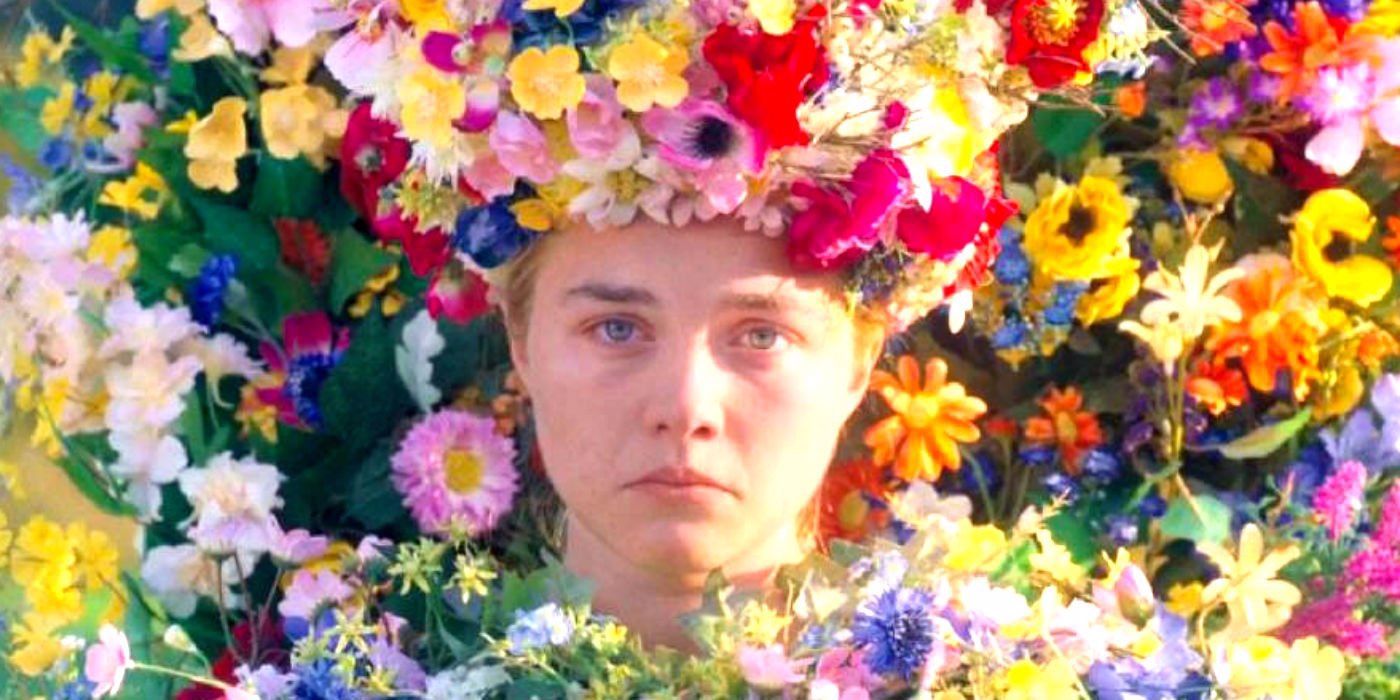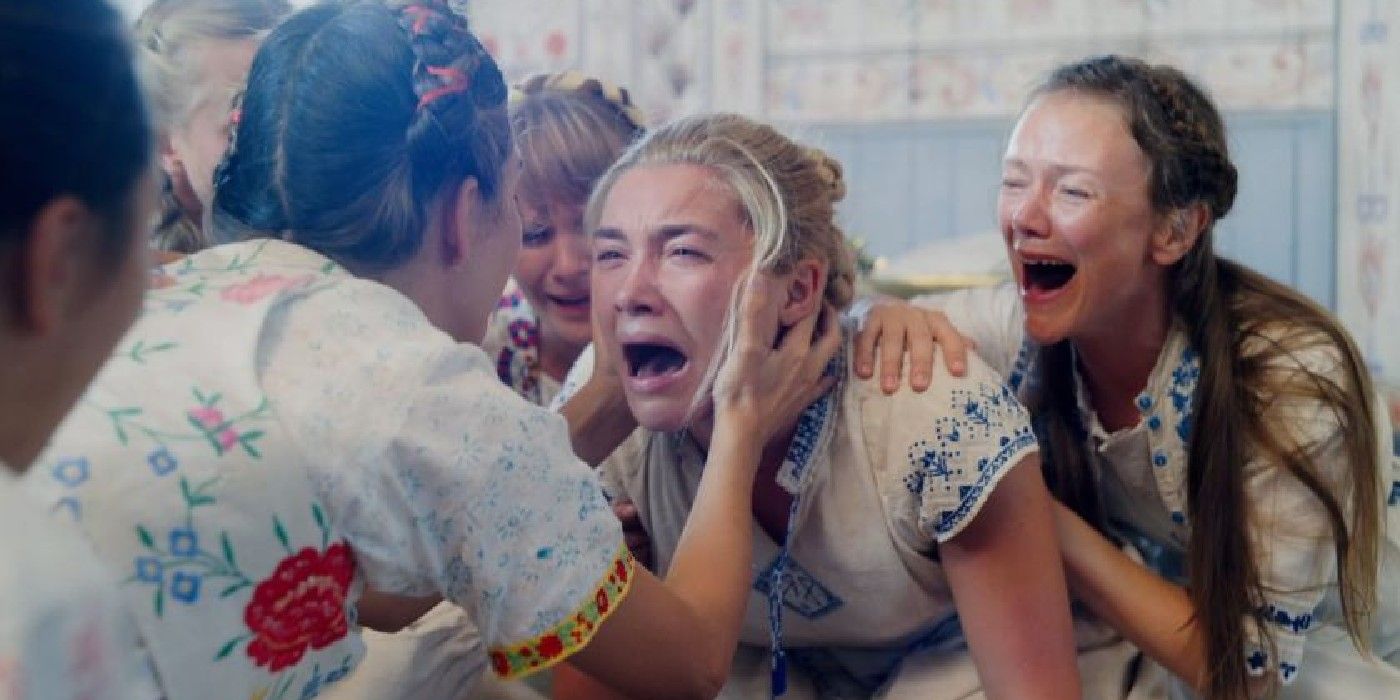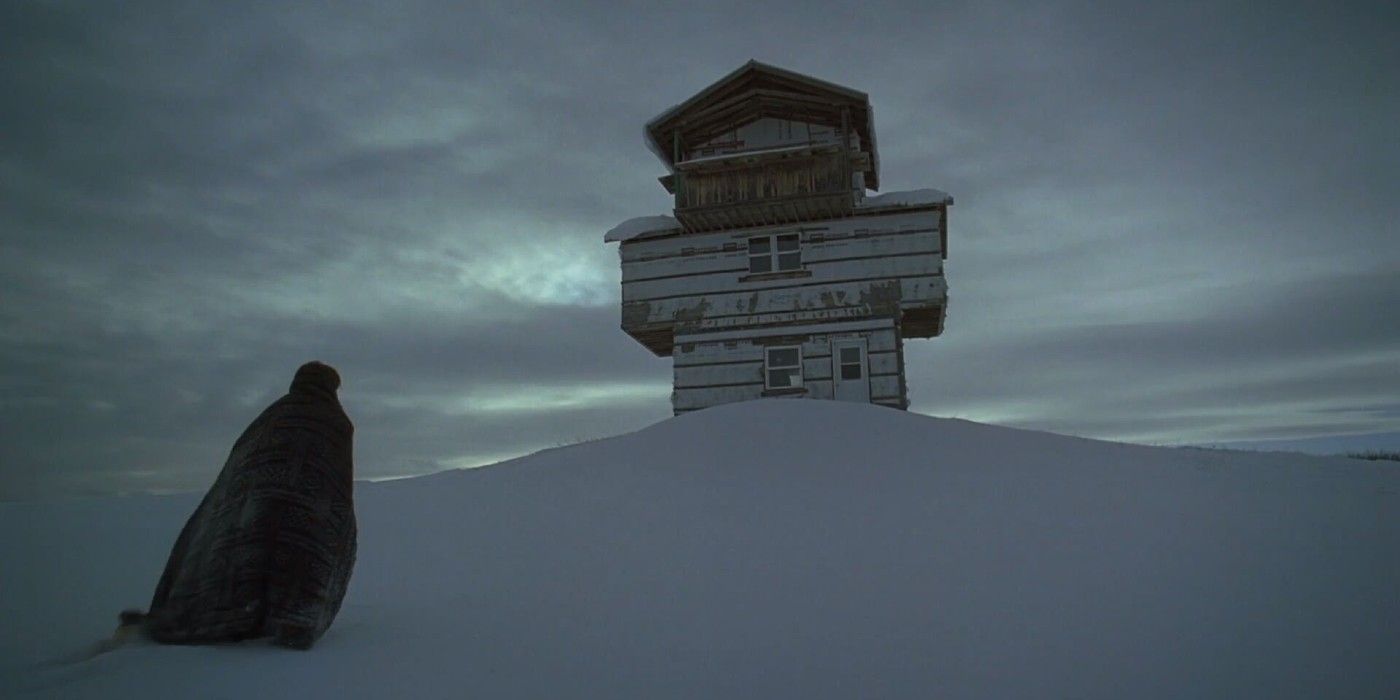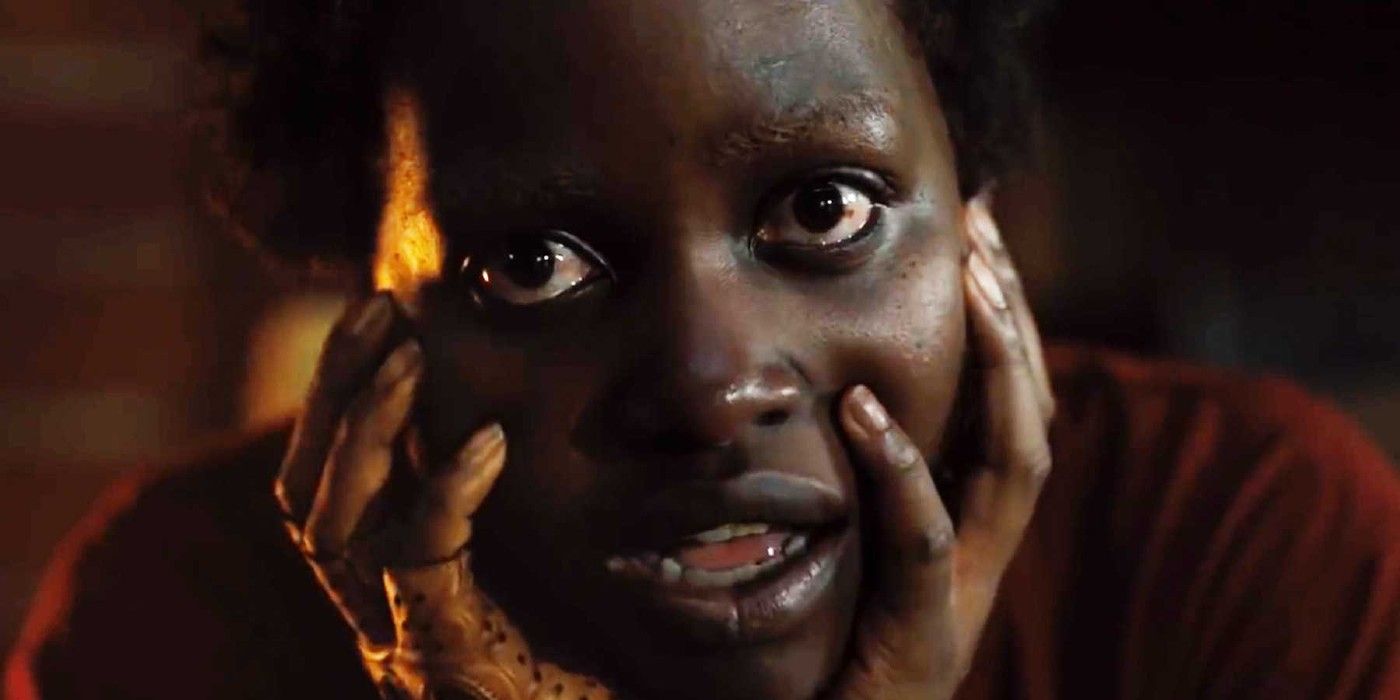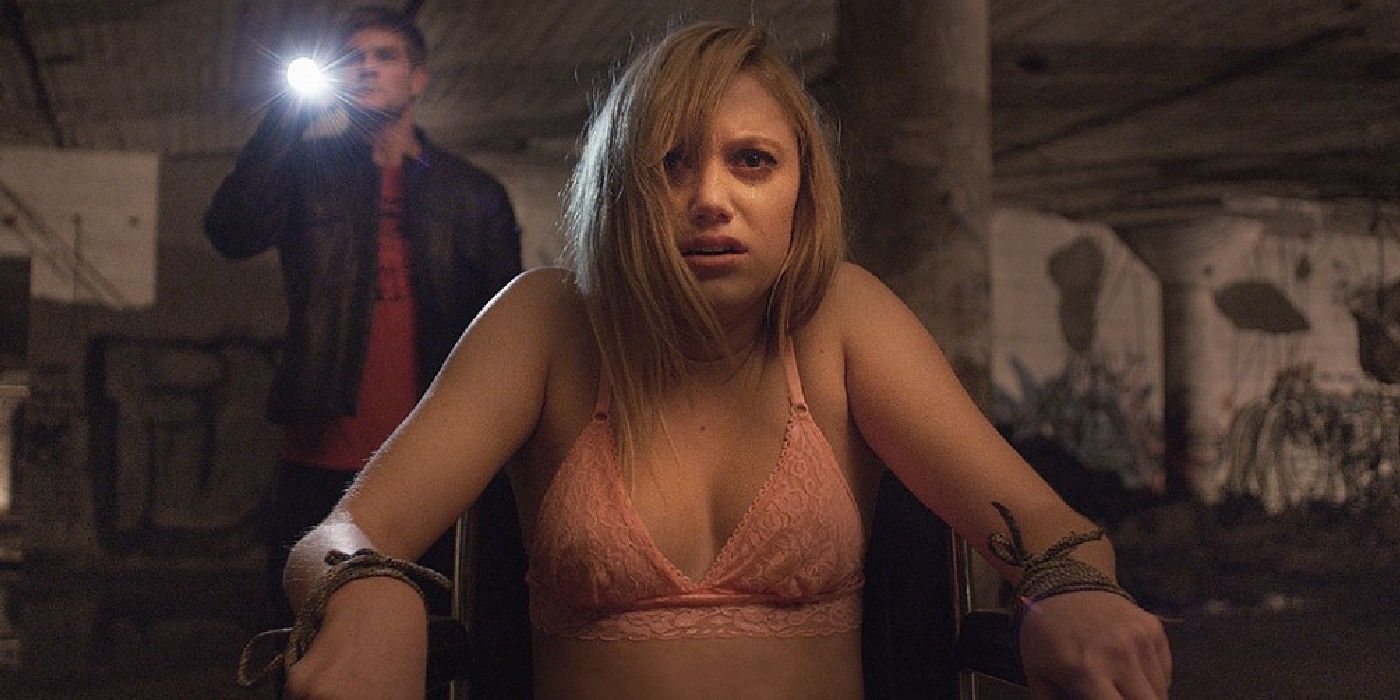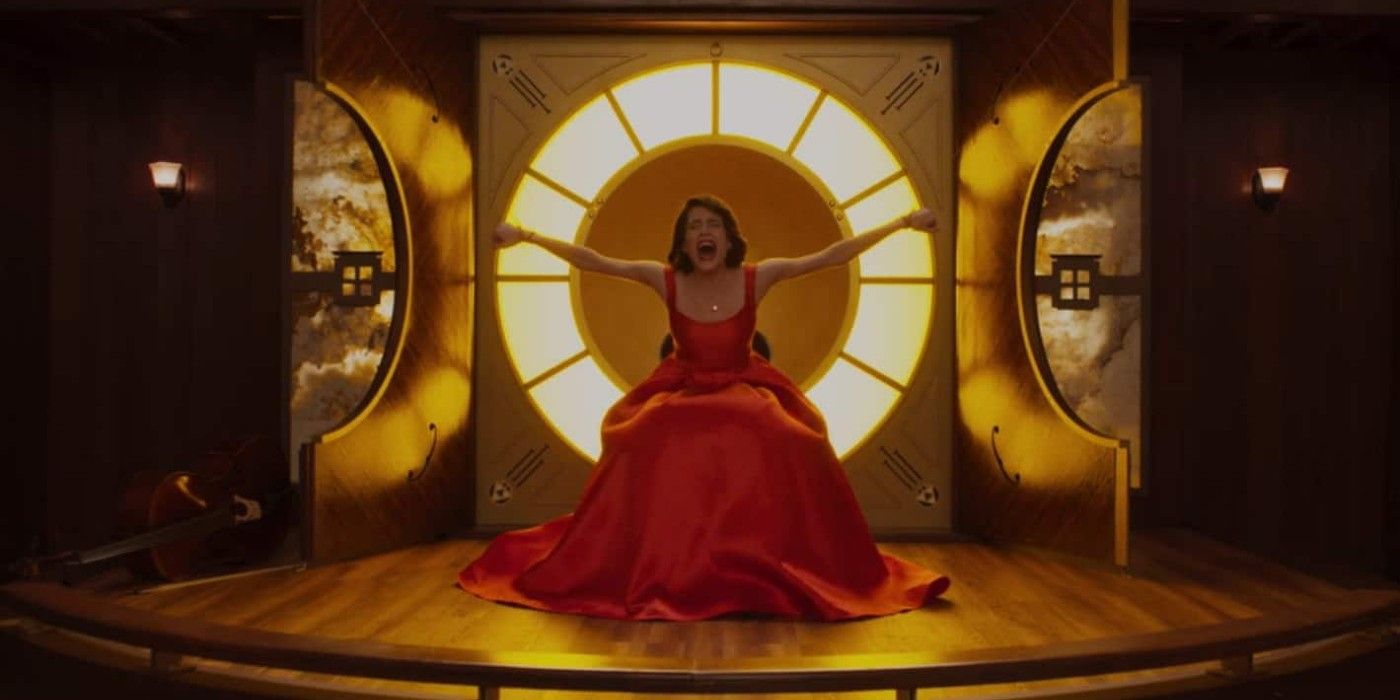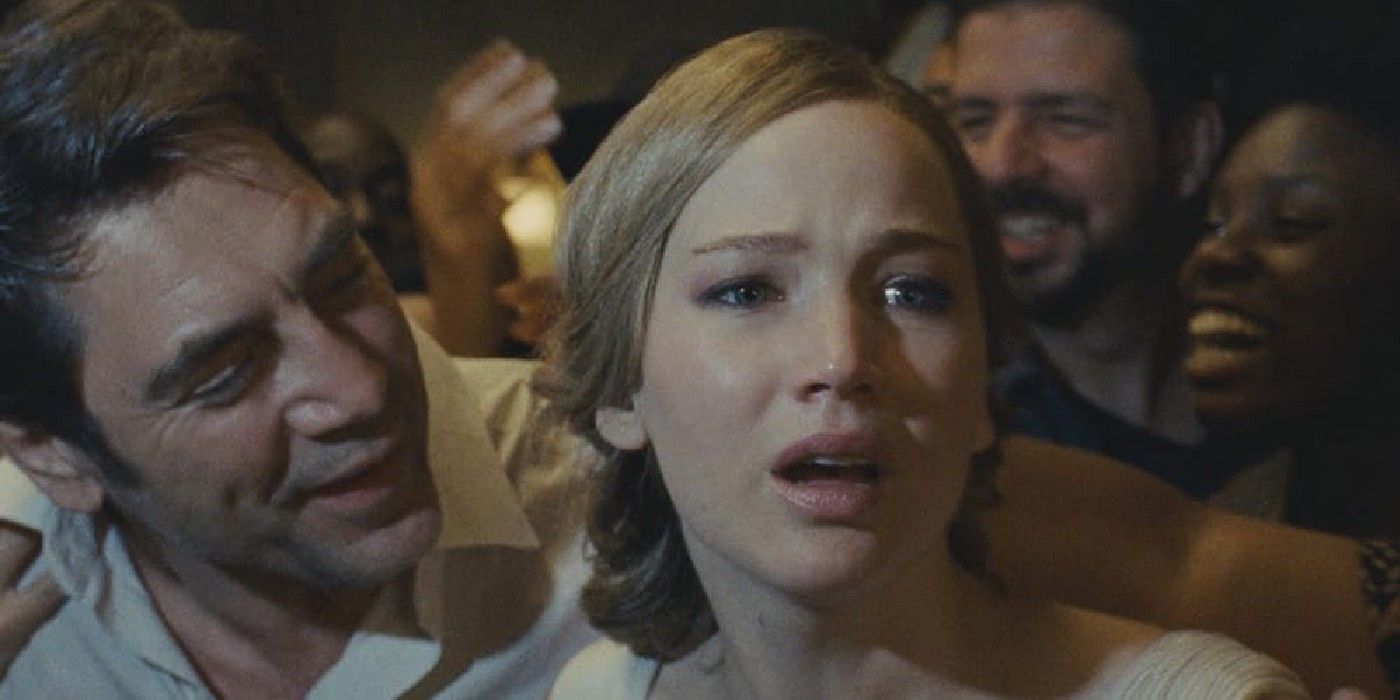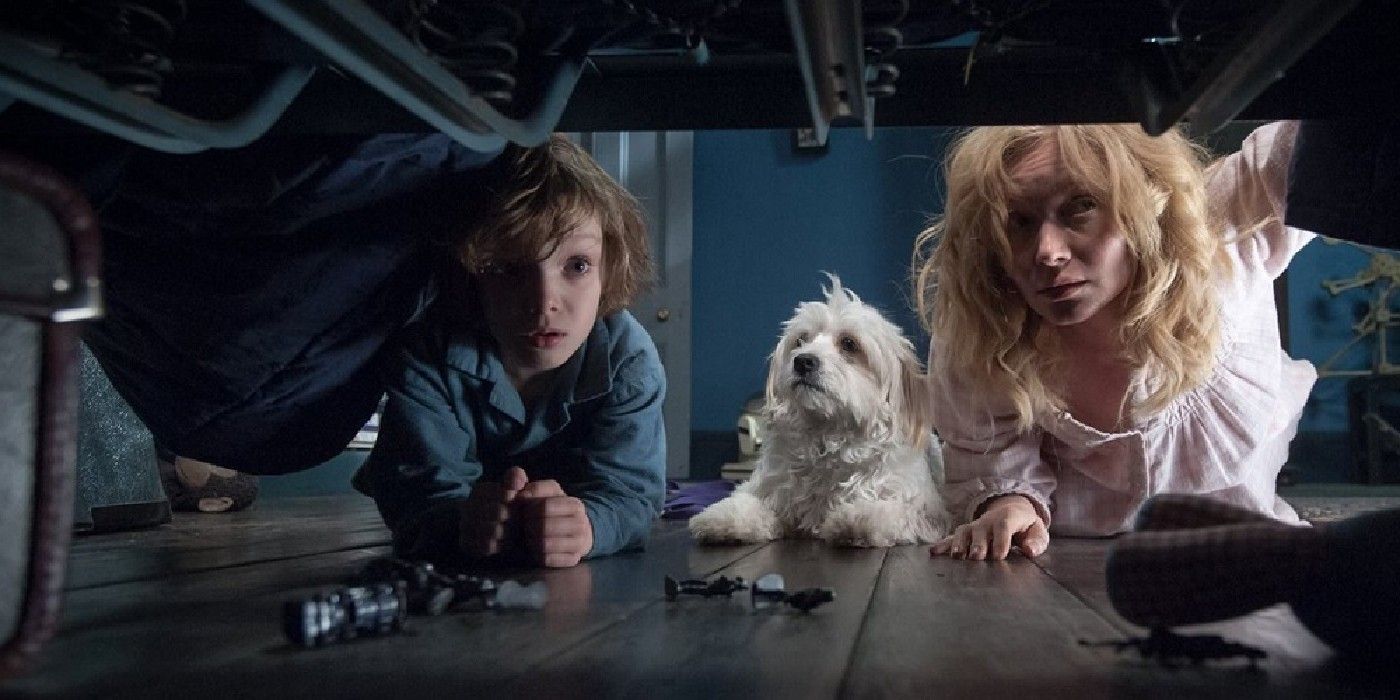A heated debate was started in the horror fan community when the term "elevated horror" was created to describe the horror films of directors like Ari Aster, Robert Eggers and Jennifer Kent. "Elevated horror" refers to movies that don’t rely heavily on jump-scares or gore, but are so emotionally and psychologically disturbing that they traumatize even the most seasoned of horror buffs. Many of the films also seem to contain allegorical meanings.
The debate over this term centers on whether it’s a valid new subgenre of horror or simply a loaded and pretentious term that lacks any legitimacy. If anything, the fact that the films associated with this subgenre have much more in common with each other than any other modern horror movie out there shows that, although still an unofficial title, "elevated horror" movies do exist. Let's take a look at some examples of movies that fit perfectly into the subgenre.
Midsommar
Directed by Ari Aster, the man whose films influenced the creation of the term "elevated horror," Midsommar is a unique film in that it challenges everything the audience knows about a horror movie. The story follows Dani (Florence Pugh), a grad student dealing with a horrific tragedy, who encounters a pagan cult after tagging along with her boyfriend and his pals on a trip to Sweden.
Midsommar plays out as a horror film for its side characters, but for Dani, the story is actually a fantasy in the vein of The Wizard of Oz. Dani is in need of a family, and the cult proves that they can provide her with that. Although they are inviting and kind to Dani, the pagans stalk and hunt the other visitors just like they would in any traditional horror film. Midsommar is hilarious, shockingly gruesome and surprisingly beautiful, making it something more than typical horror fare.
The Lodge
Released earlier this year, The Lodge is a twisted gothic-horror film that plays with its viewers' minds by making them question the true nature of the film's horror elements. The story follows soon-to-be stepmom Grace (Riley Keough) whose fiance leaves her alone in an isolated cabin with his two children who hate her. Then things go from bad to worse.
At first, this film feels like a ghost story, but as it progresses, it starts to become clear that the audience is going through the same head trip as the main characters. Nothing is truly as it seems -- this a daring approach to take in a genre where the rules have already been set.
Us
After Jordan Peele's massively successful directorial debut Get Out, the world couldn't wait to see what the breakout horror filmmaker was going to conjure up next. Much more polarizing then his previous effort, Us baffled moviegoers with its metaphorical storytelling and artistic filmmaking.
Focused on murderous dopplegangers, Us serves as an allegory for classism in America, while still being chock-full of terrifying set pieces and disturbing images. Peele is not afraid to experiment, and neither is his talented cast. Lupita Nyong'o gives a riveting dual performance, and as the doppleganger, she goes places that most actors would be afraid to.
It Follows
Originally given a limited theatrical release in the spring of 2015, David Robert Mitchell's modern horror classic It Follows, about a sexually transmitted curse, was so popular with audiences that it expanded to a full wide release a few weeks later. What made this movie resonate so much with audiences was its extreme originality and the way the material was handled.
Instead of taking the generic route and having the titular "it" be a demon or monster, the characters in this film are followed by random people. The curse is so mysterious that a viewer has to watch the film multiple times to fully grasp what is happening. There are also many symbolic hidden meanings in the film, a quality not associated with enough newer horror films.
The Perfection
Released on Netflix last summer, The Perfection became infamous for its graphic imagery reportedly making viewers feel sick. Despite that, the film is not a mindless gore-fest, but rather a complex tale of revenge that plays with point of view and nonlinear narrative in a very unique way.
Starring Allison Williams as a washed-up cello prodigy who strikes up an ill-intentioned friendship with the girl who took her spot at a prestigious music school, what begins as a Single White Female-esque thriller about obsession soon turns to body horror before showing its true form as a no-holds-barred revenge saga. Besides its dynamic plot, perhaps the most audacious aspect of this film is the way it literally rewinds events viewers just witnessed.
Mother!
Though marketed as a horror film, Mother! is really a modern biblical retelling and a cautionary tale, and is extremely hard to give a genre label. However, the events in this metaphorical nightmare are much more horrific than seen in the average horror movie.
Starring Jennifer Lawrence and directed by auteur Darren Aronofsky, Mother! caused controversy among moviegoers for its unflinching depiction of brutal violence and religious themes. While some people thought the film was blasphemous, others felt it was a masterpiece. Using the bible and the current treatment of our planet to create a horror film of sorts is risky, but the result is unforgettable.
The Babadook
One of the first movies that is now considered part of the "elevated horror" subgenre, The Babadook is a small Australian chiller that became a sleeper hit. Released in 2014 to critical acclaim, The Babadook, directed by Jennifer Kent, follows a woman who fears she and her son are being stalked by a nefarious entity after reading a mysterious children's book.
The movie includes hardly any onscreen violence and is light on jump-scares, but it's so psychologically terrifying that it feels like a nail being hammered into your brain. The title creature of the film is a metaphor for mental illness triggered by grief, which is something much scarier than any monster under the bed.

